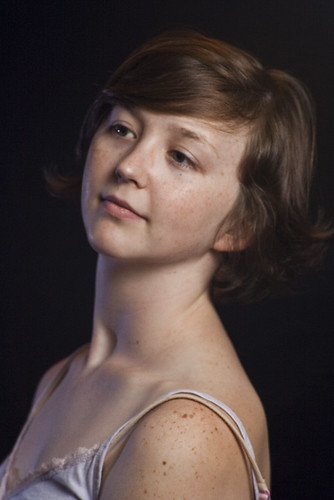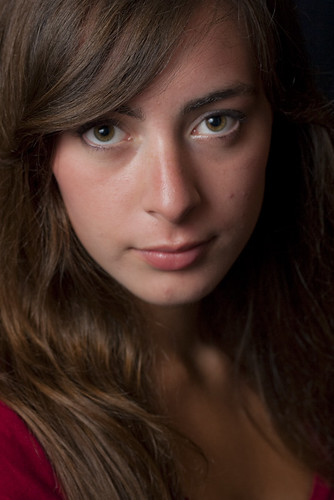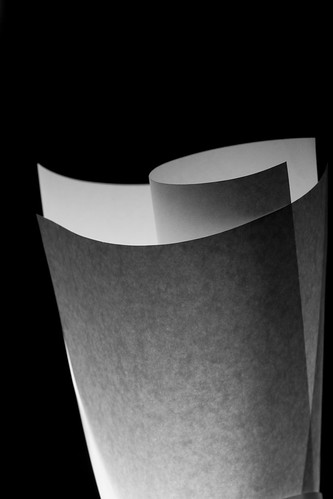Well, you dont have to look too far for quality at a GREAT price. And I'm not talking about dept stores.
I'm talking about lens adapters. No, not strap-ons for your existing lenses. I'm talking about an adapter that connects to your camera mount like a lens, but then allows other types of lenses that would normally be used on older 35mm cameras to be mounted on top of it. These things are fantastic because the adapters themselves are very inexpensive, and the additional lenses you are now able to use with your DSLR are also inexpensive. There are some great second hand lenses out there that are old, but have been cared for and can be found for dirt cheap. The best part? Most of these lenses are fast primes!
There are several different kinds of adapters, but I believe the most common adapter is the M42 mount. The M42 was made by Pentax before they came up with the K-mount. Its a screw mount, which is pretty self explanatory. I have three lenses that I use with the M42 adapter, but I'll have to add the specs later because they're in Savannah. Here are some samples.


Another notable adapter is the Hasselblad adapter. With a special and relatively inexpensive mount, I can use the same lens on my DSLR as I do on my Hassy 500c/m. Of course there is a substantial crop factor, and I'll have to do a little more research to figure out what the factor is. I would guess an 80mm on a APS-C sensor would be in the 200mm range, but thats a complete guess. The biggest benefit is that you can get Carl Zeiss sharpness without having to dish out the extra cash for standard Zeiss lenses for your Canon or Nikon. Here are a couple examples.


Of course there is a catch. As you might have guessed, these older lenses are going to most likely have an aperture ring and manual focus. This means that, instead of setting the aperture directly from the camera body, you're going to physically have to adjust the aperture on the lens. This is not so bad, but it does have a few drawbacks.
Most of the lenses you'll be using with these mounts have a button on the back of the lens that, when activated by its normal camera, activates the aperture blades while the shutter is firing and closes them down. After the shutter is finished firing, the camera releases the button, and the aperture blades go back to wide open so that the image you see through the viewfinder is much brighter and therefore easier to see.
Because of the mount on the DSLR, there is no button to activate the aperture blades. Even though you may be turning the aperture ring, the aperture blades will stay open. You're going to have to set the lens so that the aperture blades adjust as you turn the aperture ring. Usually there is a switch on the side of the lens which allows this feature.
This means that you'll be at the mercy of whatever aperture your set to. If your at f/22, you'll be looking through a very small opening, and the image in the viewfinder will be relatively dark compared to that which you are used to. It doesn't all have to be bad though. This can be viewed as an advantage because you'll be able to see exactly what is going to be in focus in real time instead of having to guess. Its like you have the DOF preview on constantly.
Another drawback which you may have guessed is manual focus. Not recommended for sports or toddlers. After that, suck it up. AF is overrated.
I'll edit the post later with better figures and lens names.
Thanks for reading!
No comments:
Post a Comment